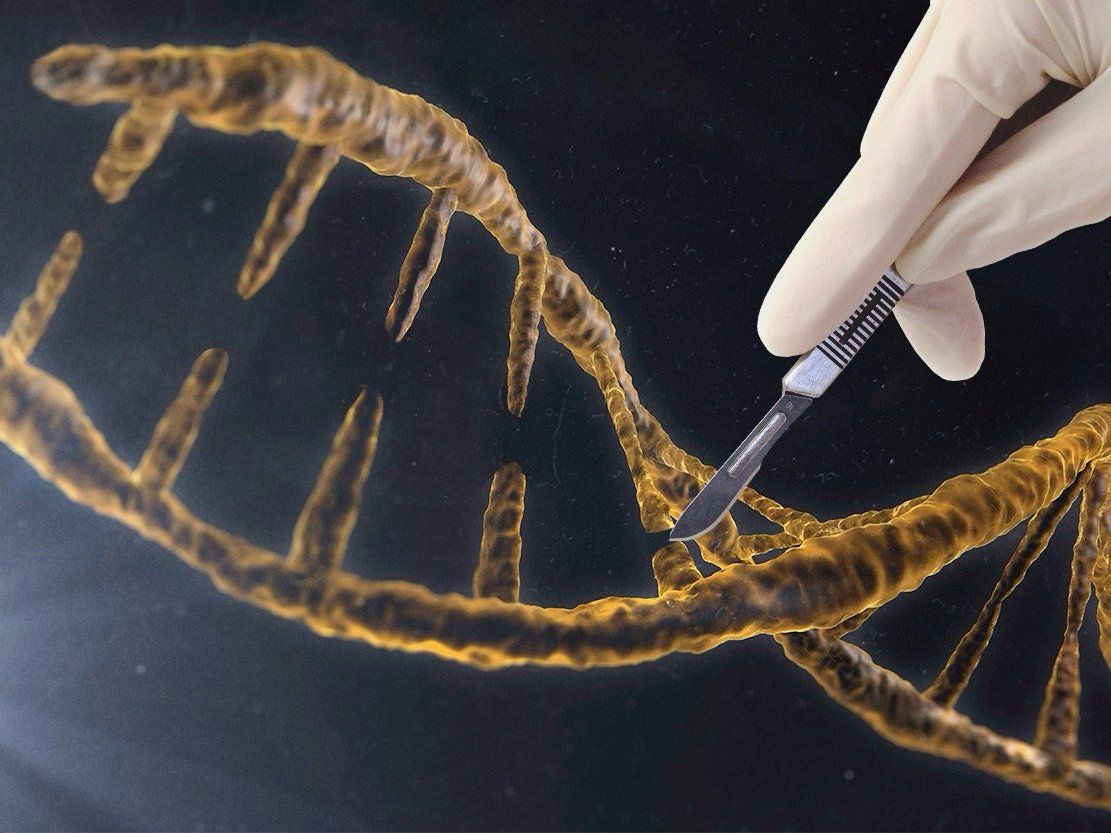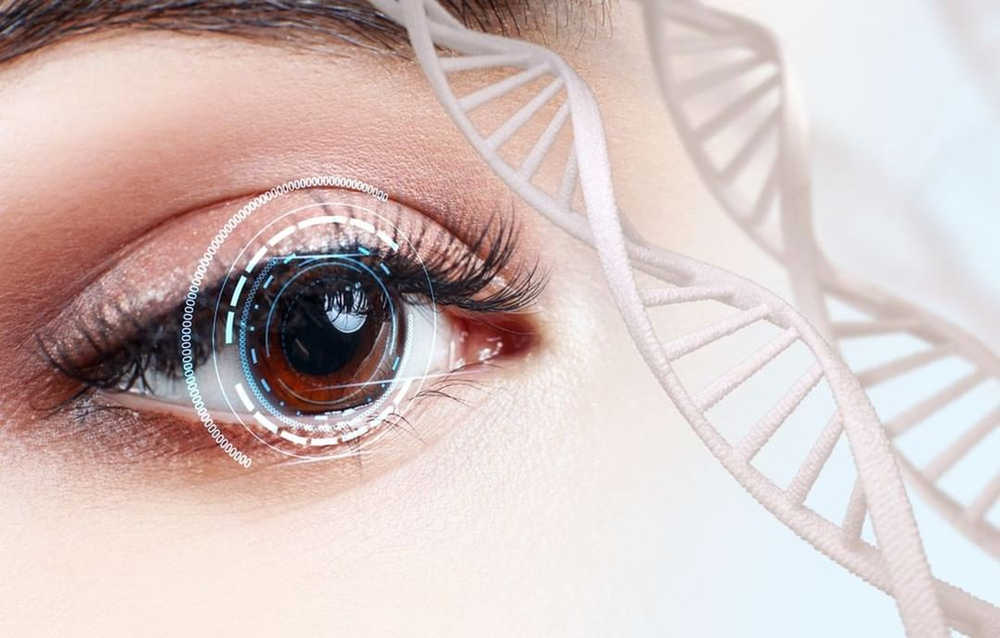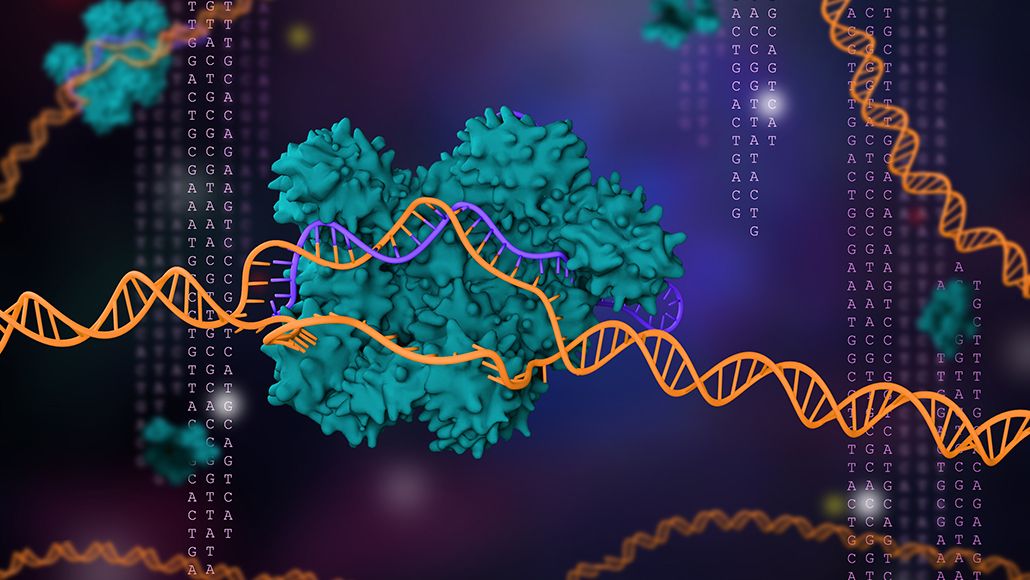For centuries, certain forms of blindness were considered an immutable verdict—a permanent, inherited darkness passed down through generations. Conditions caused by a single flawed letter in the vast manuscript of human DNA were seen as beyond the reach of medicine. But we now live in an era where science has learned to edit that manuscript. In a series of breathtaking clinical trials that have reached a pivotal stage in 2025, researchers have moved beyond theory and demonstrated a profound reality: for the first time in human history, gene editing is not just treating, but functionally reversing, inherited genetic blindness.
This is not a story about incremental improvement. It is a narrative of a paradigm shift, powered by the revolutionary gene-editing tool known as CRISPR. We are witnessing the dawn of a new age of medicine, where a one-time treatment can correct the fundamental errors of our genetic code. The implications are staggering, offering a tangible cure for conditions previously deemed incurable and providing a beacon of hope for millions worldwide.
This article will delve deep into this medical miracle. We will explore the science behind genetic blindness, demystify the elegant mechanism of CRISPR gene editing, and examine the landmark clinical trials that are making headlines. We will also navigate the complex process, the future applications for other diseases, and the critical ethical considerations we face as we stand on the precipice of rewriting our own biology. This is the story of how science is giving the gift of sight.
The Darkness of Inherited Blindness: The Case of LCA
To understand the magnitude of this breakthrough, one must first understand the nature of the problem. Many forms of blindness are not caused by injury or age, but by heredity. These are the inherited retinal diseases (IRDs), a group of conditions where faulty genes lead to the progressive death of photoreceptor cells in the retina—the light-sensing tissue at the back of the eye.
Perhaps the most well-known and devastating of these is Leber Congenital Amaurosis (LCA). Infants born with LCA have severely impaired vision from the earliest months of life. The world for them is a blur of light and shadow, and their condition often progresses to total blindness. The cause is not a mystery; it is a specific, identified “typo” in one of several possible genes. A crucial gene, such as CEP290 or RPE65, fails to produce a protein essential for the survival and function of the retina’s rods and cones. Without this protein, the light-sensing cells simply cannot work, and they eventually die off.
For decades, the medical response was limited to managing symptoms and providing assistive technologies. The root cause—the faulty gene itself—was untouchable, locked away inside the nucleus of every retinal cell. The challenge was monumental: how do you fix a typo in billions of cells inside a living person’s eye?
The Molecular Scalpel: A Primer on CRISPR Gene Editing

The answer came from an unlikely source: the immune systems of bacteria. Scientists discovered a system called CRISPR-Cas9, which bacteria use to find and destroy the DNA of invading viruses. They realized this natural mechanism could be harnessed as a breathtakingly precise gene-editing tool.
Think of it as a biological “find and replace” function for DNA. The system has two key components:
- The Guide RNA (gRNA): This is a small piece of RNA designed in a lab to be a perfect match for a specific sequence of DNA—in this case, the location of the faulty gene that causes LCA. It acts like a biological GPS, guiding the tool to the exact spot in the three-billion-letter human genome.
- The Cas9 Enzyme: This is a protein that acts as “molecular scissors.” It is attached to the guide RNA. Once the guide RNA finds its target, the Cas9 enzyme makes a precise cut in the DNA strand.
By cutting the faulty gene, the cell’s natural DNA repair mechanisms are triggered. Scientists can then either let the gene be disabled, or, more excitingly, provide a correct copy of the gene’s sequence, which the cell can use as a template to patch the error. It is cellular surgery on a molecular level.
The “Helios” Trials: A Landmark Breakthrough in 2025
While the theory has been promising for years, 2025 marks the year of its definitive clinical validation. The results from several late-stage clinical trials, collectively dubbed the “Helios” trials for their light-bringing potential, have demonstrated undeniable success in treating LCA patients.
In these trials, researchers focused on patients with a specific mutation in the CEP290 gene. This mutation is particularly challenging because it doesn’t require a simple replacement but rather the correction of a single error that prevents the gene from being read correctly.
The procedure, known as in vivo gene editing (meaning the editing happens inside the body), involves a one-time, minimally invasive injection into the patient’s eye. This injection contains trillions of harmless, lab-modified viruses (adeno-associated viruses or AAVs) that act as delivery vehicles, carrying the CRISPR-Cas9 machinery directly into the retinal cells.
The results have been life-changing. Patients who could previously only detect the difference between light and dark are now able to navigate obstacle courses, recognize faces, and, for the first time, see the stars in the night sky. The improvements are not temporary; they are the result of a permanent correction to their DNA, and the effects have been shown to be stable and durable.
Inside the Miracle: The Step-by-Step Process

The journey from a genetic diagnosis to restored vision is a marvel of modern biotechnology. Here is a simplified breakdown of the process used in the Helios trials:
A. Identifying the Precise Genetic Flaw: Before any treatment, each patient’s DNA is sequenced to confirm the exact location and nature of the typo in the CEP290 gene. This personalization is key to the entire process.
B. Designing the Bespoke Editing Tool: In the lab, scientists synthesize a unique guide RNA (gRNA) molecule. This gRNA is engineered to be the perfect molecular key to unlock and bind only to the faulty DNA sequence in the CEP290 gene, ignoring all other healthy genes.
C. Packaging the Molecular Machinery: The guide RNA and the Cas9 “scissors” enzyme are packaged together into the shell of a harmless adeno-associated virus (AAV). The AAV is chosen because it is excellent at infiltrating retinal cells without causing disease, acting as a perfect biological delivery truck.
D. The In Vivo Procedure: A Subretinal Injection: A skilled retinal surgeon performs a delicate procedure, injecting a tiny droplet of the AAV solution directly underneath the patient’s retina. This ensures the gene-editing machinery is delivered with maximum concentration to the target photoreceptor cells.
E. The Cellular Repair and Restoration: Once inside the retinal cells, the AAV releases its cargo. The CRISPR-Cas9 machinery gets to work. The guide RNA homes in on the genetic typo, the Cas9 enzyme makes the cut, and the cell’s own repair systems fix the error. As more and more cells are corrected, they begin to produce the functional CEP290 protein. Over a period of weeks and months, the previously dormant photoreceptor cells awaken and begin to function correctly, translating light into neural signals the brain can interpret as vision.
The Expanding Horizon: Beyond a Single Disease
The success in treating LCA is not an isolated victory; it is a proof of concept that opens the door to curing a vast array of other inherited retinal diseases. The same fundamental approach can be adapted to target the specific genes responsible for other conditions, including:
- Retinitis Pigmentosa (RP): A large group of genetic disorders that cause a progressive loss of peripheral and night vision.
- Stargardt Disease: The most common form of inherited macular degeneration, leading to a loss of central vision in children and young adults.
- Usher Syndrome: A condition that causes both hearing loss and progressive vision loss due to RP.
- Choroideremia: A degenerative disease that affects the choroid and retina, primarily in males.
Researchers are already in earlier stages of clinical trials for many of these conditions, using the lessons learned from the LCA breakthroughs to accelerate development. We are at the beginning of a cascade of cures.
Navigating the Challenges and Ethical Questions
Despite the monumental success, the path forward requires caution and careful consideration of several significant challenges.
- Off-Target Effects: The primary technical concern is the risk of the CRISPR machinery making cuts in the wrong places in the genome. While the technology is incredibly precise, even a tiny error rate is a concern. Scientists are continuously developing higher-fidelity Cas9 enzymes to minimize this risk.
- Long-Term Safety: While the short-term results are incredible, these treatments are permanent. Researchers must continue to monitor patients for decades to ensure there are no unforeseen long-term consequences of altering their DNA.
- Cost and Accessibility: These are bespoke, cutting-edge medical treatments with enormous research and development costs. The initial price tag for a single treatment is projected to be in the hundreds of thousands, if not millions, of dollars. Ensuring equitable access to these cures will be one of society’s greatest challenges.
- Ethical Considerations: The success of in vivo editing raises broader questions about gene editing, particularly the distinction between somatic editing (fixing cells in a single person) and germline editing (altering DNA in a way that can be passed to future generations). The current consensus is to proceed cautiously with somatic therapies while maintaining a moratorium on germline editing for reproductive purposes.
Conclusion: A Future We Can Now See

The reversal of genetic blindness through gene editing is more than just a single medical breakthrough; it is a profound moment in the human story. It represents a transition from treating the symptoms of genetic disease to correcting the source code itself. The success of the 2025 clinical trials has validated a decade of research and ignited a new wave of innovation that will extend far beyond diseases of the eye.
For the patients whose world has been transformed from a blur of shadows into one of color and clarity, this technology is nothing short of a miracle. For the rest of us, it is a powerful demonstration of human ingenuity and a hopeful glimpse into a future where the word “incurable” may one day become a relic of the past. We are no longer just dreaming of this future; we can finally see it.










